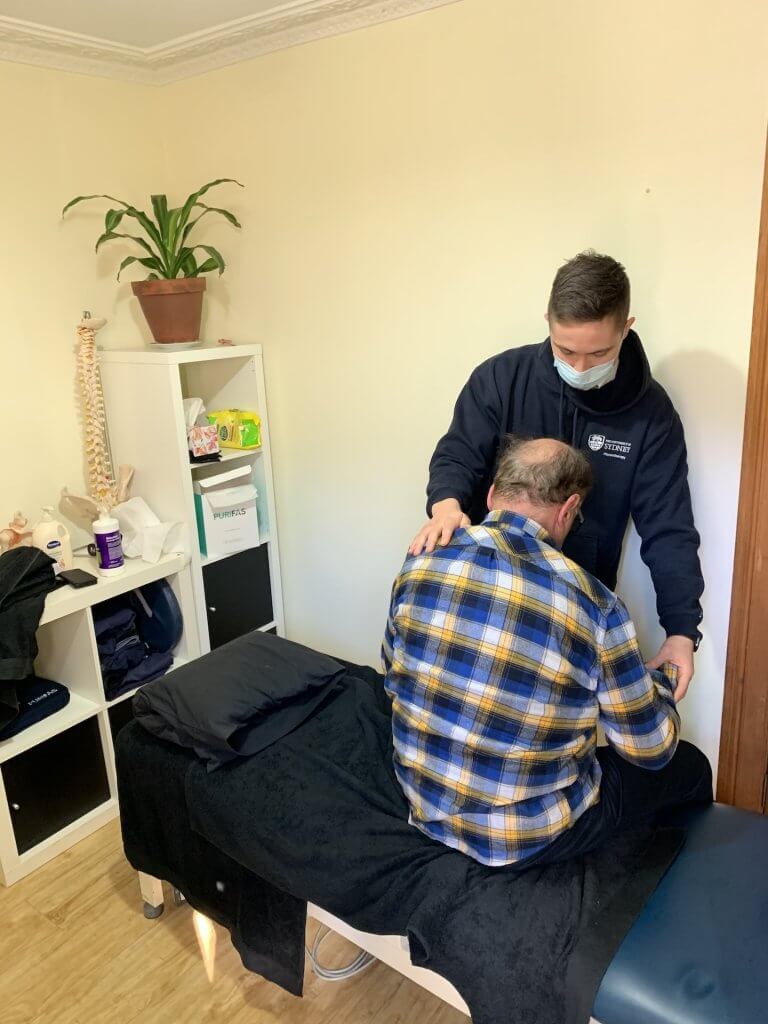Benign Paroxysmal Positional Vertigo (BPPV)

Benign Paroxysmal Positional Vertigo (BPPV)
Dizziness/Vertigo
Vertigo is a form of dizziness characterised by the abnormal sensation of spinning. It is a common illness that can often be very debilitating, and it affects about 15-20% of adults each year. The vestibular system is responsible for about a quarter of these cases. Its prevalence rises with age and is about two to three times higher in women than in men.
There are many causes of vertigo, include vertebra-basilar insufficiency, Miniere’s disease, cervicogenic dizziness, and many more – a visit to your GP is highly recommended, to determine whether your vertigo is caused by BPPV, or potentially by something more sinister.
The Inner Ear
Our inner ear, also known as the vestibular system, is comprised of a series of canals filled with fluid – as the head moves, the movement of the fluid inside these canals tells the brain how far, how fast and in what direction the head is moving. The brain uses this information to help us with orientation and balance, and also to move our eyes so that we can focus while moving.
BPPV
This condition occurs when small crystals inside the inner ear, known as otoconia, are displaced, and end up in the fluid-filled canals. These crystals disrupt the flow of the fluid, resulting in abnormal information reaching the brain, which in turn causes vertigo.
Typical features of BPPV include:
- Triggered by head movements with respect to gravity
- Distinct spinning sensation
- Accompanied by nausea (sometimes vomiting)
- Severe feeling of disorientation in space or instability
Symptoms will be intense for seconds to minutes.
Prognosis
20% of BPPV cases resolve within 4 weeks without treatment, and 50% resolve within 3 months. Typically, it slowly reduces over time. Unfortunately those who suffer from an episode of BPPV have an increased risk of recurrence, as well as an increased risk for falls, and their performance of daily activities is impacted.
Treatment
Medication can be helpful at reducing the symptoms of BPPV, such as nausea, but cannot resolve BPPV itself. Most BPPV cases can be corrected with repositioning procedures that will be performed on the subject by a therapist, such as your physiotherapist. These treatments usually take only a few minutes to complete, and they have high success rates (around 80%), although sometimes the treatment needs to be repeated a few times. Examples of these treatments are the ‘Epley Maneuver’, and the ‘Lempert 360 Roll Maneuver’. The contents of this information sheet are based on the current clinical practice guidelines.



References:
- Clinical Practice Guideline: Benign Paroxysmal Positional Vertigo (Update) (Bhattacharyya et al, 2017)
- Plain Language Summary: Benign Paroxysmal Positional Vertigo (Bhattacharyya et al, 2017)
Contact Us:
If you are experiencing symptoms similar to those described above, book an appointment with Daniel Stone (Physiotherapist in Parramatta) today.
Contact us today on 0479 080 800 to make a booking. Alternatively you can email us on [email protected].
Our Physiotherapists are Medicare, NDIS, DVA and Work Cover approved, specialising in injury management and rehabilitation to get you back to full function.
Other Posts:
Physiotherapy After A Car Accident
